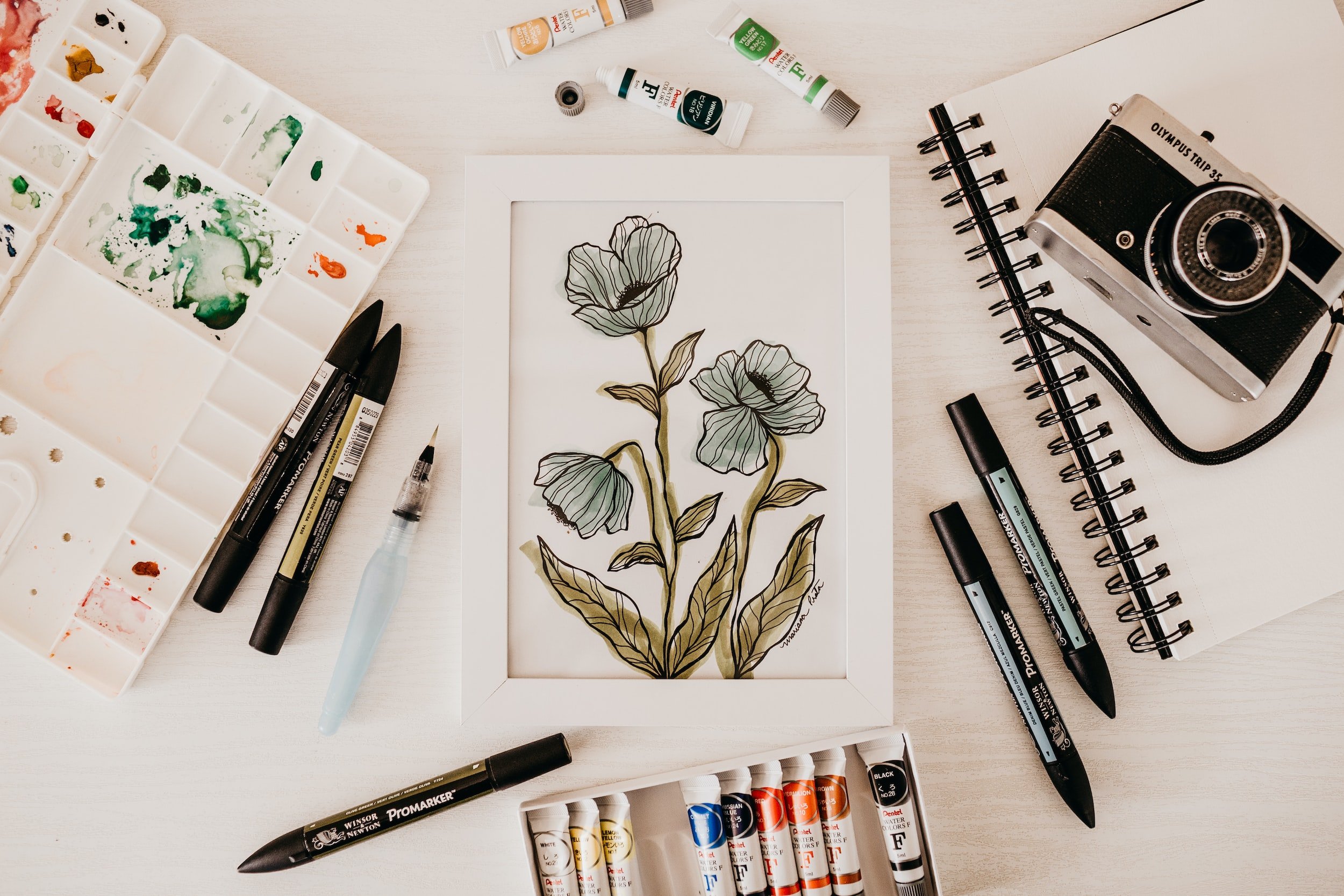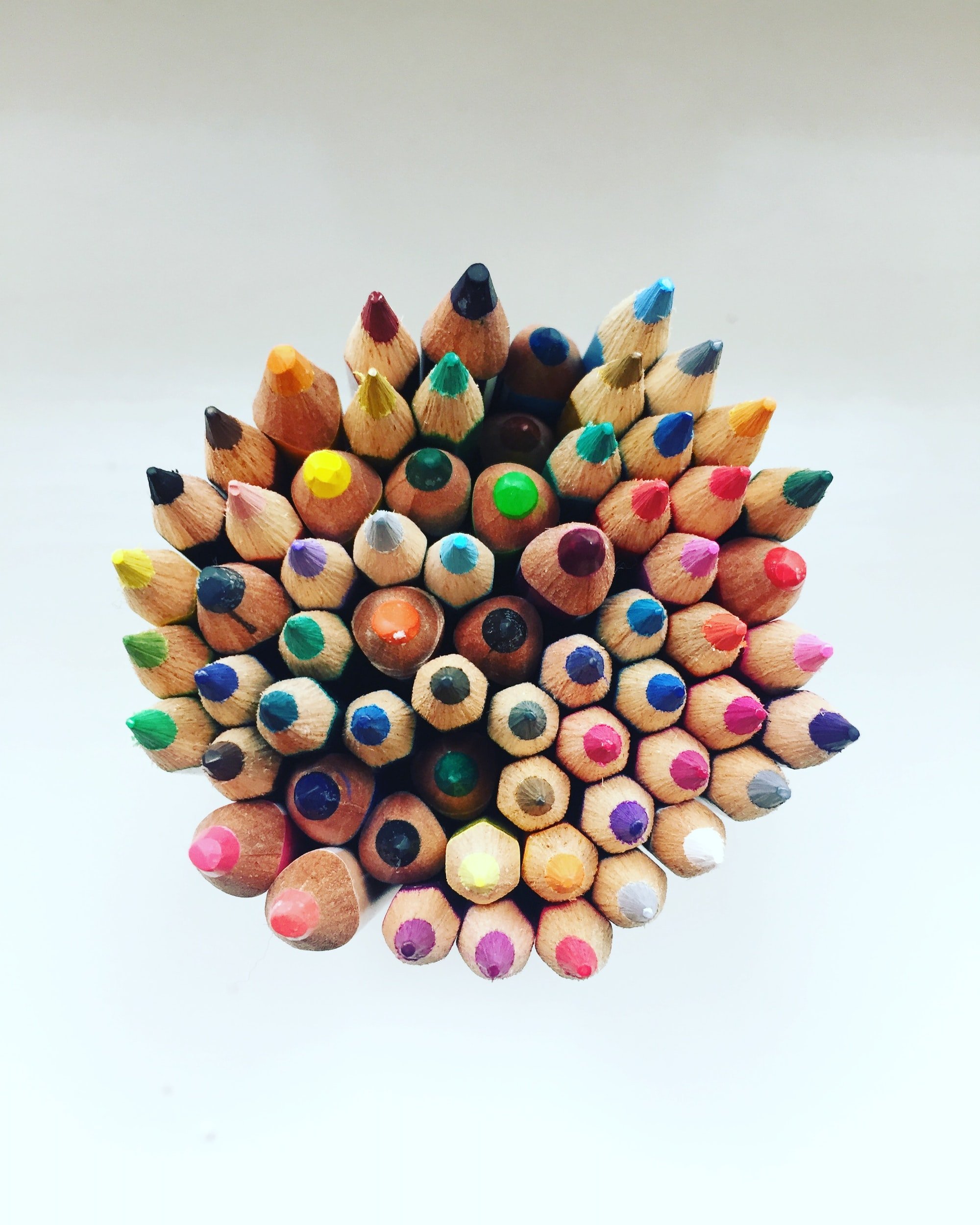Analyzing Visual Data
by Janet Salmons, PhD, Research Community Manager for SAGE Methodspace
While researchers have always collected visual data, everything changed when we started carrying powerful cameras in our pockets. Camera equipped smartphones simplify collection of photographs. The increasingly common use of visual communications, from sending pictures to abbreviating a response by sharing an emoji means extant data commonly includes visuals along with written comments. At the same time, digitization means we can find images from the past in archives. How do we understand and interpret visual data? See these open-access articles for ideas and examples.
Ayala, R. A., & Koch, T. F. (2019). The Image of Ethnography—Making Sense of the Social Through Images: A Structured Method. International Journal of Qualitative Methods, 18. https://doi.org/10.1177/1609406919843014
Abstract. Although systematic observation and interviews are the most common techniques in ethnography, a deep understanding requires research tools adapted to exploring beyond the observational scope. Nonconventional methods can support ethnography and complement observations and thus refine the construction of meaning. Qualitative research literature deals disproportionately more with some forms of data, typically text, lacking a structured method for visuals. This article arises from a case study using nonconventional methods, such as sociograms and participant-made drawings, and presents a structured method to attain enriched ethnographic analysis. Using this structured method, the research then draws on representation, visualization, and interaction as ports of entry into group dynamics. The aim being to open a way to discovery when visual and interactional representations do not easily translate into words. Spoken language presupposes an ability to capture and convey thought with precision and clarity and to know how the interlocutor may interpret words. A structured method to analyze images can fruitfully assist in the process. Since every research participant has a view on or a way of making sense of the research subject, the method is universal in application.
Baart, A., & Roos, V. (2022). An Analytical Tool for Visual Data Analysis: Application to the Mmogo-Method®. International Journal of Qualitative Methods, 21. https://doi.org/10.1177/16094069221135962
Abstract. An analytical tool that enables experienced researchers and non-experts to analyse participant-created visual data has so far remained underexplored. Existing frameworks to analyse participant-generated visual data tend to use selected theoretical frameworks, guided by participants’ interpretations, to generalise results, test hypotheses, or to identify representational meanings. Analyses of visual data as separate units employ mainly content analysis or (social) semiotic analysis. This article presents a tool for conducting a systematic and transparent analysis of image-based research data by adopting an empiricist and pragmatist approach. We designed a step-by-step procedure to guide researchers individually or in a group to conduct an analysis of such data. Our prototype—which we named Created-Image Data Analysis (CIDA)—was developed by applying design-based research. The CIDA tool consists of five phases, each with an analytical focus and operational questions. Phase 1 covers the basic information; Phase 2 examines the elements and organisation of the visual representation; Phase 3 analyses its logic or cohesion; Phase 4 interprets meaning; and Phase 5 concludes with an evaluation. We applied CIDA to an example of visual data obtained by applying the Mmogo-method in which participants use materials such as clay, dried grass stalks, and beads of different sizes and colours to respond to a researcher-introduced prompt. The CIDA tool is applicable to all static participant-created visual data obtained during research, but it has not yet been tested for analysing moving image-based data. The tool qualifies as heuristic; it offers a systematic procedure to guide an analysis with data-grounded interpretations. The analysis is replicable and open to scrutiny. When the findings from the textual data are considered in combination with the participant-created visual data, the trustworthiness of the interpretations of these datasets is enhanced. This analytical tool enables a rigorous procedure applicable to visual data across subject disciplines and for different research purposes.
Grange, H., & Lian, O. S. (2022). “Doors Started to Appear:” A Methodological Framework for Analyzing Visuo-Verbal Data Drawing on Roland Barthes’s Classification of Text-Image Relations. International Journal of Qualitative Methods, 21. https://doi.org/10.1177/16094069221084433
Abstract. Following a “visual turn” in qualitative methods, photographs and other forms of visual expression are increasingly used in conjunction with verbal data in social science research. According equal status to visual and verbal artifacts, however, poses significant methodological challenges. “Photo elicitation” methods, which typically privilege participants’ interpretations of photographs over the photographs themselves, have dominated. This article answers calls for greater reflection on and transparency in the analysis of data across multiple modes of expression. Building on previous approaches, we propose an analytical framework for interpreting visuo-verbal research data that draws on Roland Barthes’s tripartite classification of text-image relations into “illustration,” “anchorage,” and “relay.” We explore how our framework can be put into practice by applying it to photographs and written texts generated as part of the “Living with an eating disorder during the COVID-19 pandemic” project, focusing on three settings represented by participants: the hospital ward, the home, and natural environments. We subsequently reflect on some of the strengths and limitations of our framework in light of its application and with respect to established approaches to analyzing visuo-verbal data. Our framework of Text-Image Relations Analysis enables researchers to explore text-image relations as constitutive of meaning without privileging one semiotic mode over the other. As with all qualitative researcher, however, careful delineation of the meaning-making roles of participants and researchers is key.
Lobinger, K., Venema, R., & Kaufhold, A. (2022). Hybrid repertoires of photo sharing: exploring the complexities of young adults’ photo-sharing practices. Visual Communication, 21(1), 73–96. https://doi.org/10.1177/1470357219894038
Abstract. Photo sharing has become a routine everyday practice and an object of increasing scholarly interest in visual communication research. Previous studies focused on single photo-sharing practices and on how particular photo-sharing services or devices are used. This article, in contrast, highlights the merits of a repertoire-oriented approach to better understand the complexity and entanglement of photo-sharing practices across various channels in diversified media environments. Based on semi-structured qualitative interviews that are combined with creative visual methods, the present study explores the everyday photo-sharing practices of eight young adults. It examines how they decide and reflect on which pictures are shared with whom and via which communication channel. The analysis shows that photo-sharing repertoires are not just the mere sum of the different platforms used for sending and distributing pictures, but rather a meaningfully structured composition of practices. Sharing repertoires and practices are structured by decisions and considerations based on (1) the imagined affordances of platforms and their expected audiences as well as on (2) interpersonal coordination and matching practices. These decisions require multi-layered media literacy skills that include knowledge of technical aspects of visual media usage, knowledge of platform-specific affordances and norms, as well as knowledge of communication habits, preferences and attitudes of the communication partners. On the methodological level, the study underlines two aspects. First, practices of ‘smartphone photography’ are manifold. They go beyond photo sharing and also include the use of apps as camera tools and photographic software. This needs to be taken into account when examining and discussing the usage of specific apps or platforms. Second, the study highlights that visual creative methods and elicitation techniques can make a fruitful contribution to the methodological repertoire of communication research as they help to explore the complexities of everyday media use.
Roger, K. (2023). Visual Data in Education and Health Research: Historical Reflections and Current Prognostications. Journal of Medical Education and Curricular Development, 10. https://doi.org/10.1177/23821205231171469
Abstract. This commentary serves to explore the relationship between photography and medicine since the 1800s, in order to establish a contemporary link between the two, and thus to act as a renewed invitation for pedagogical consideration for educators and researchers. Three themes are developed: first, there is a strong link between the advancement of photography as a technical field and the advancement of medical practices and education since the 1800s in a way which invites renewed consideration. Second, there is a strong mandate to consider the explosion of visual images in our everyday and global virtual landscapes vis a vis social media for the ongoing purpose of excellent standards for education and research. And finally, the field of narrative medicine has gained significant recognition, bringing the arts into clinical practice and training of clinicians, further suggesting the value and importance of visual data in the field of education and research. These 3 themes are the building blocks for an exploration of the value of visual data, here to stay in virtual and public educational domains. Educators in health sciences and health-related studies are invited to consider the value and strategies of visual data towards curriculum development, as transformative tools, and in regards to their potential not only for education, but also for clinical practice and research.






















Find open-access instructional materials from the course: Data Visualisation in Political Psychology at The University of Sheffield.